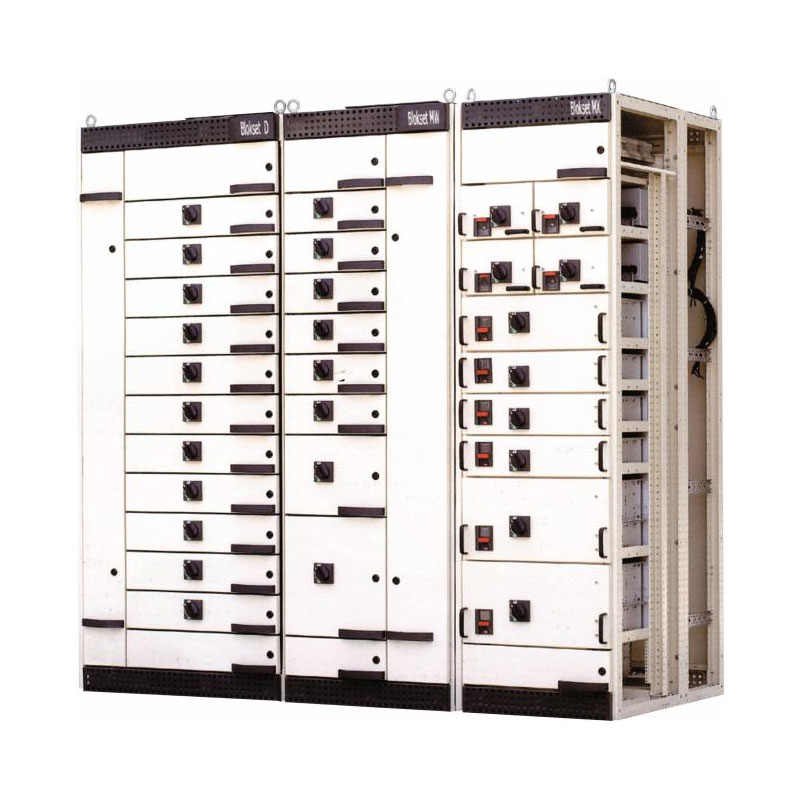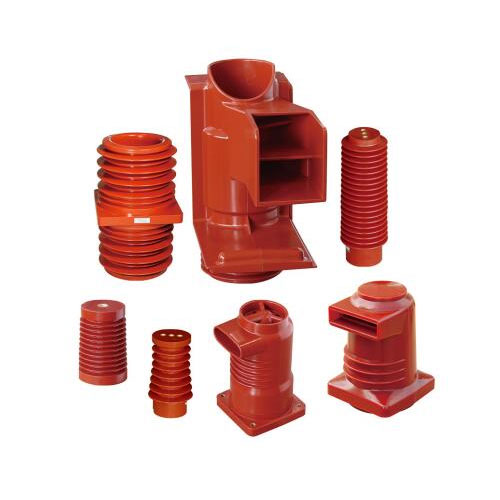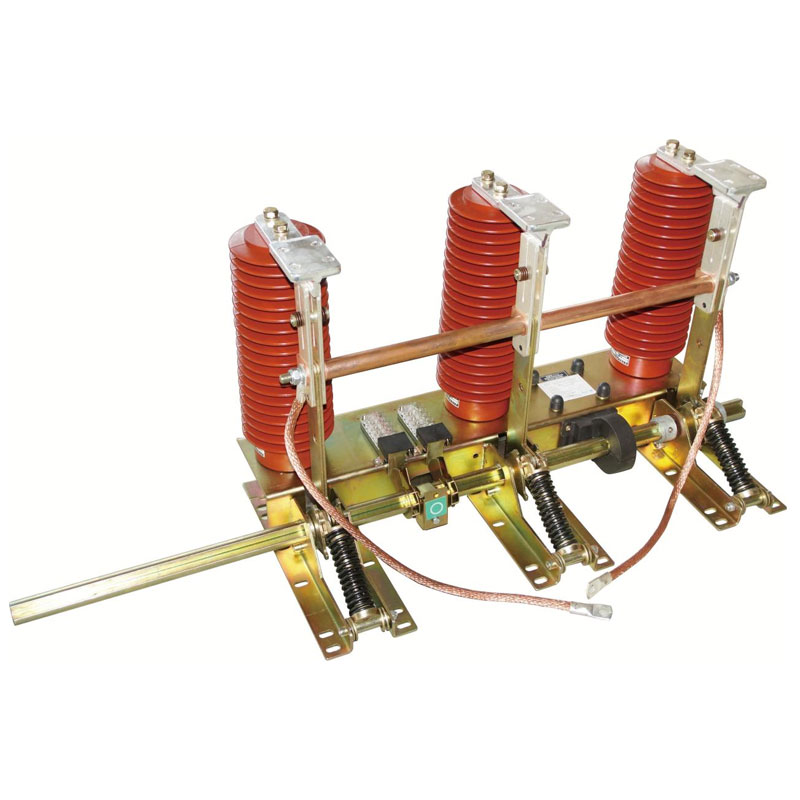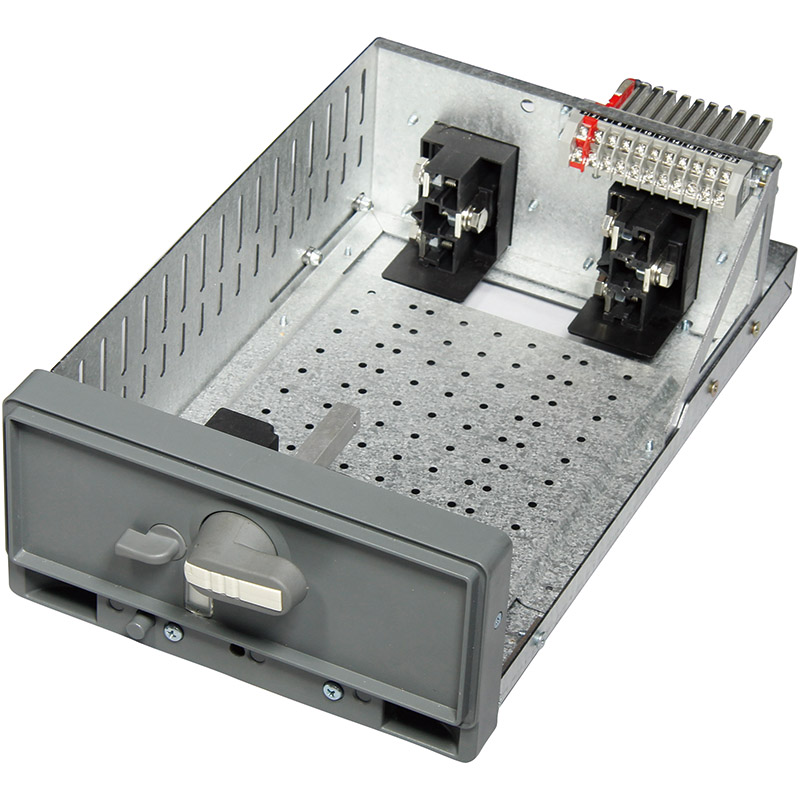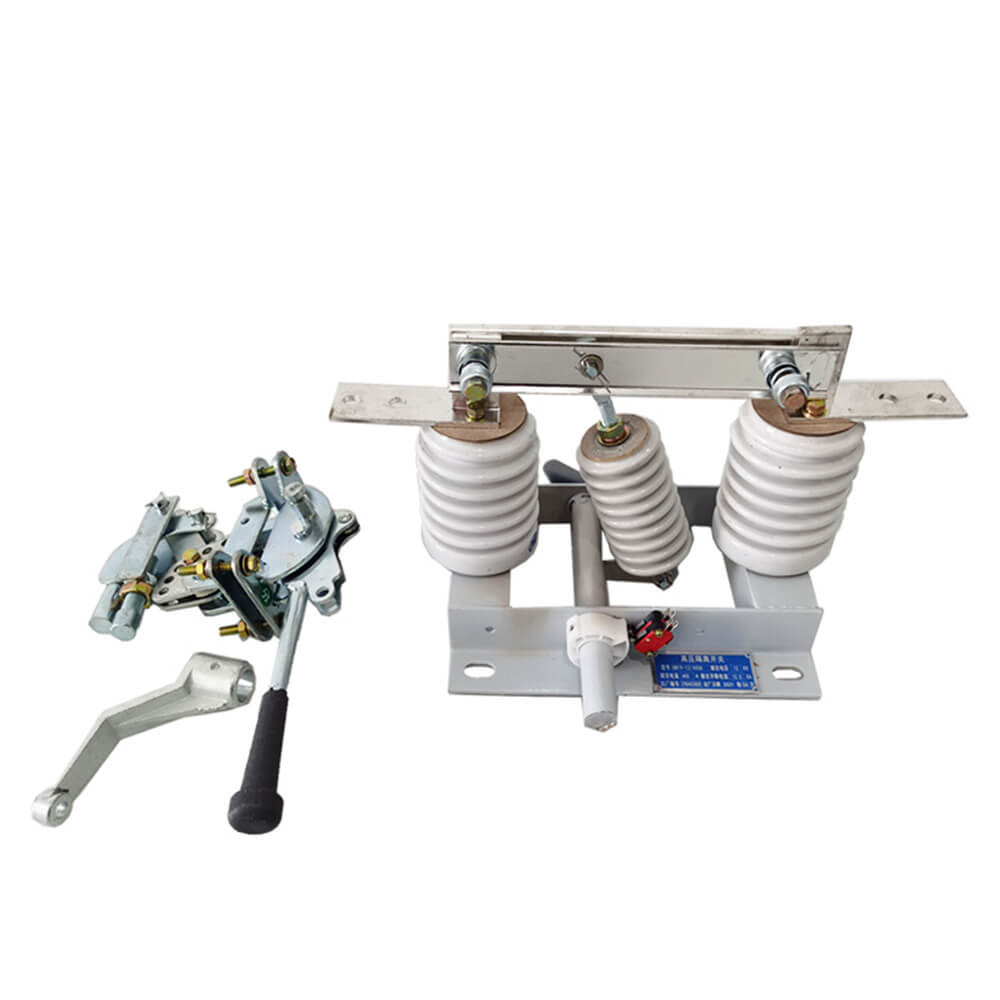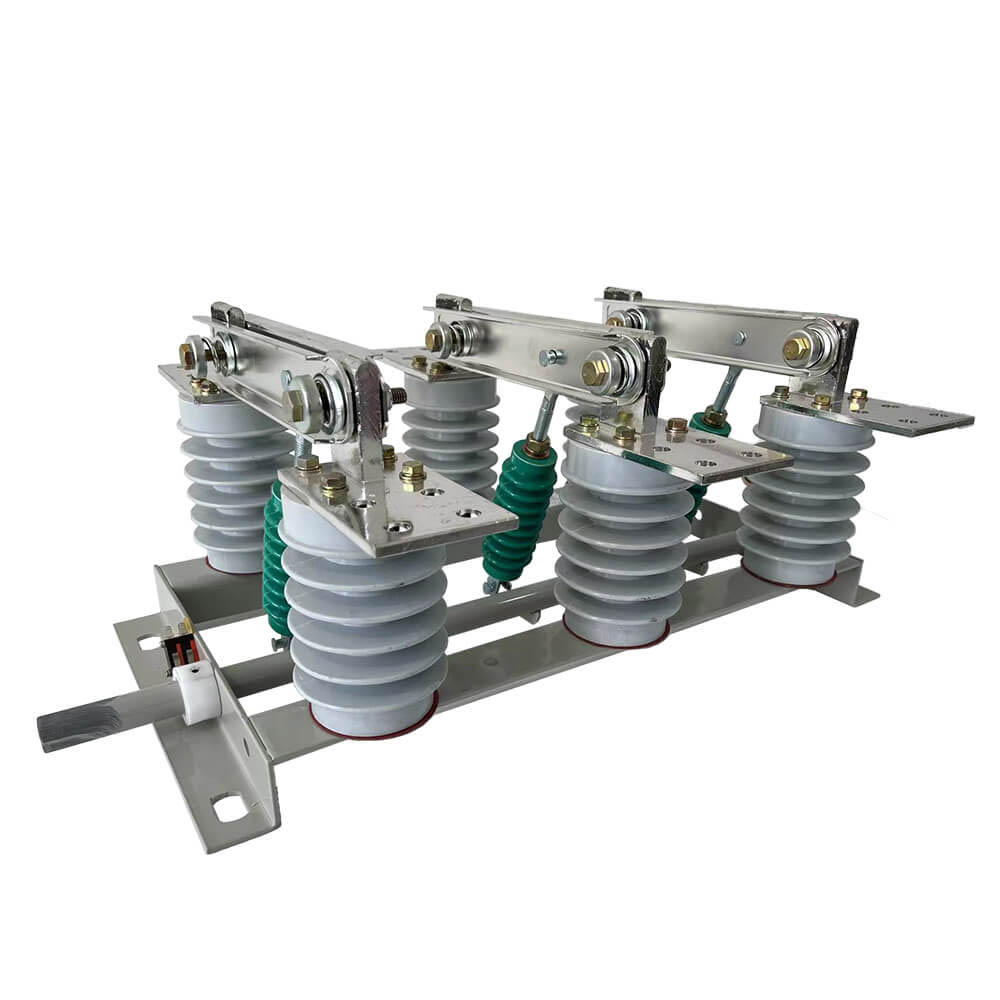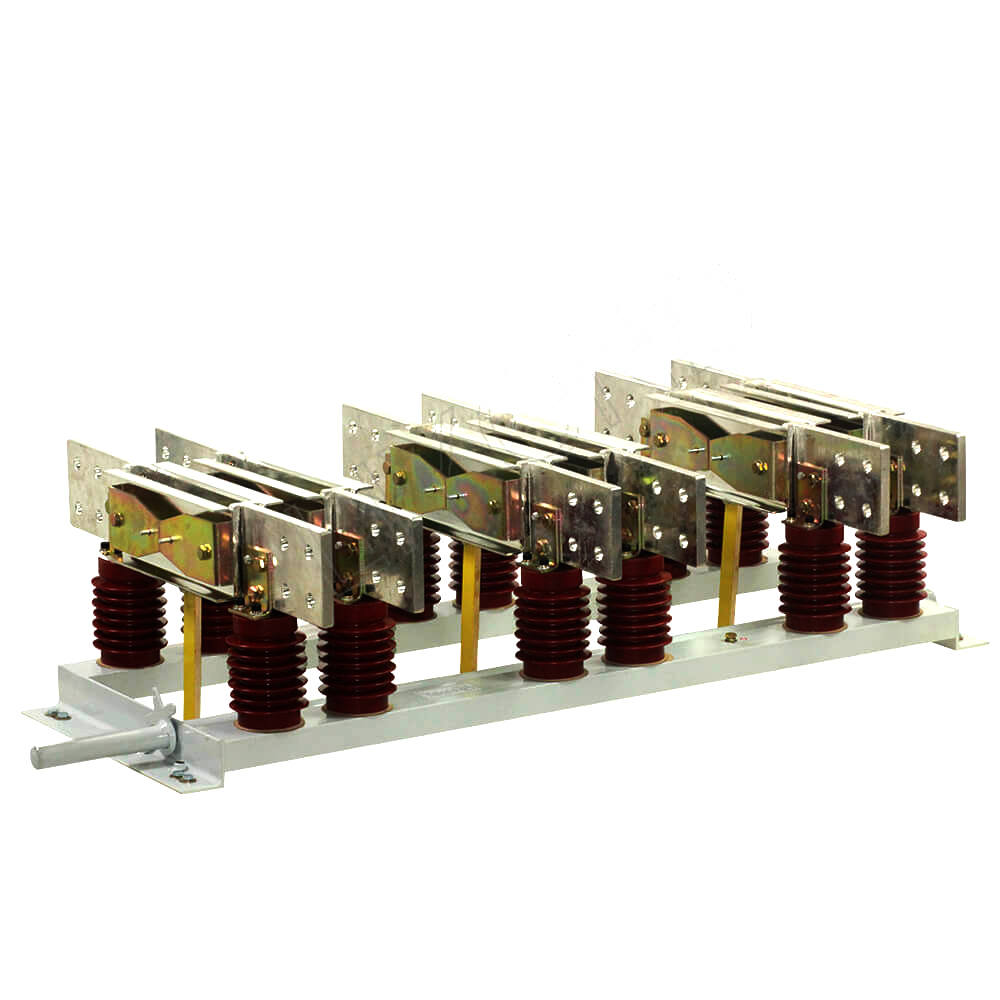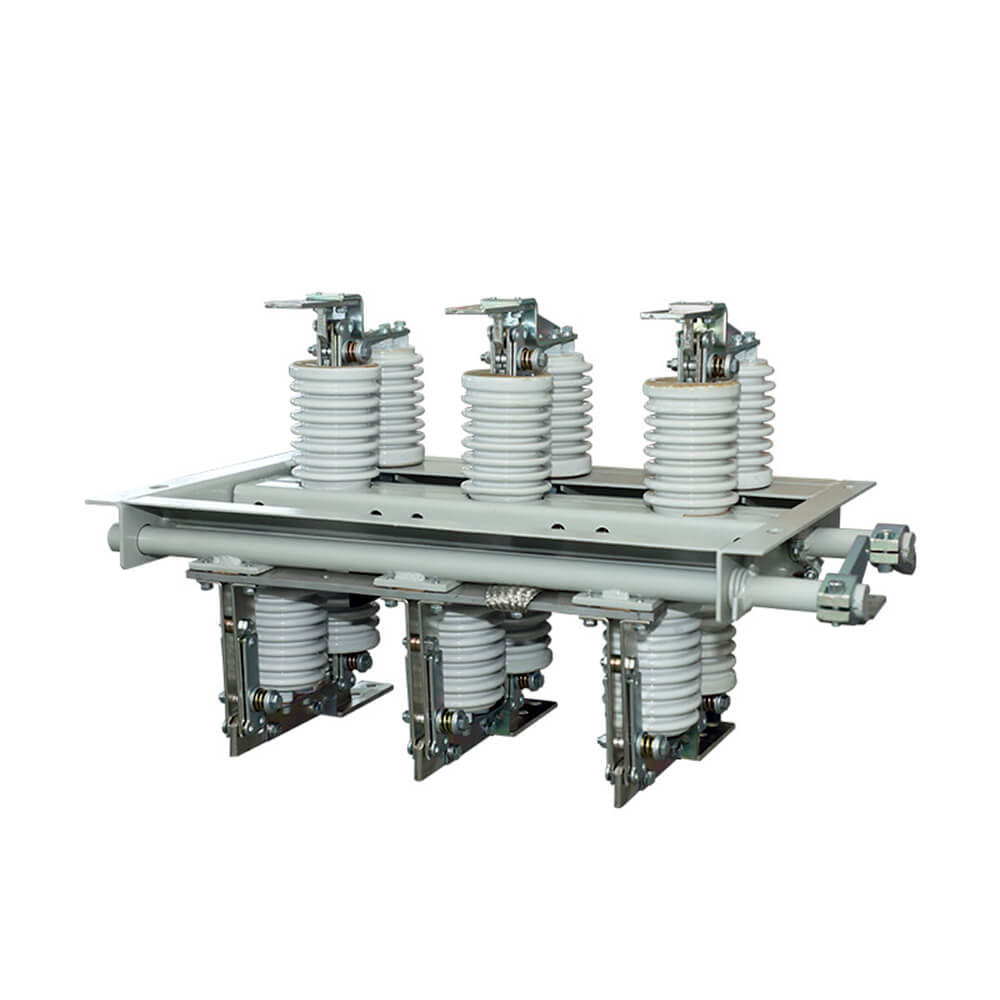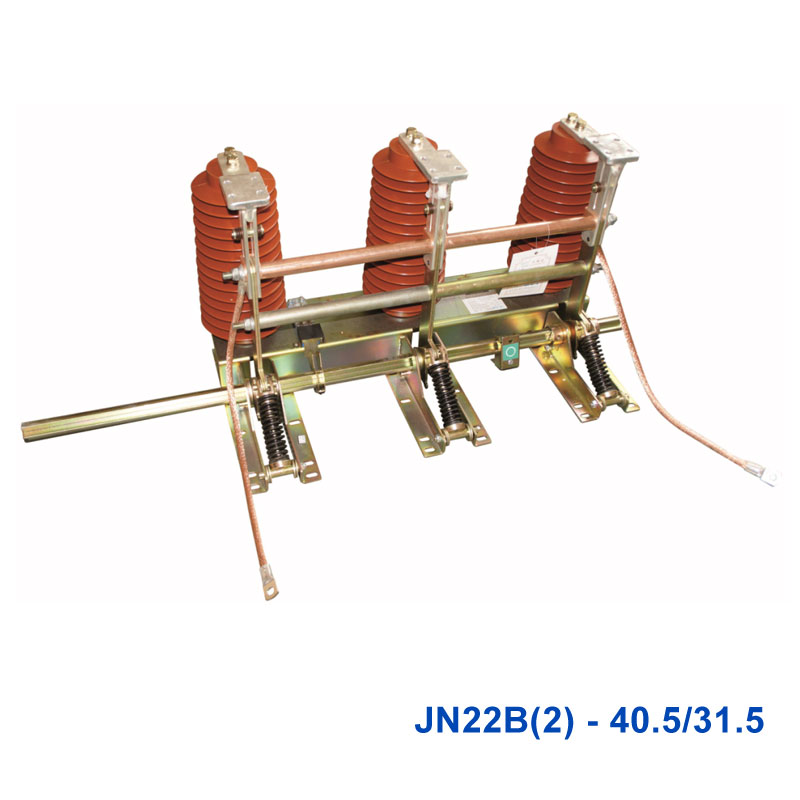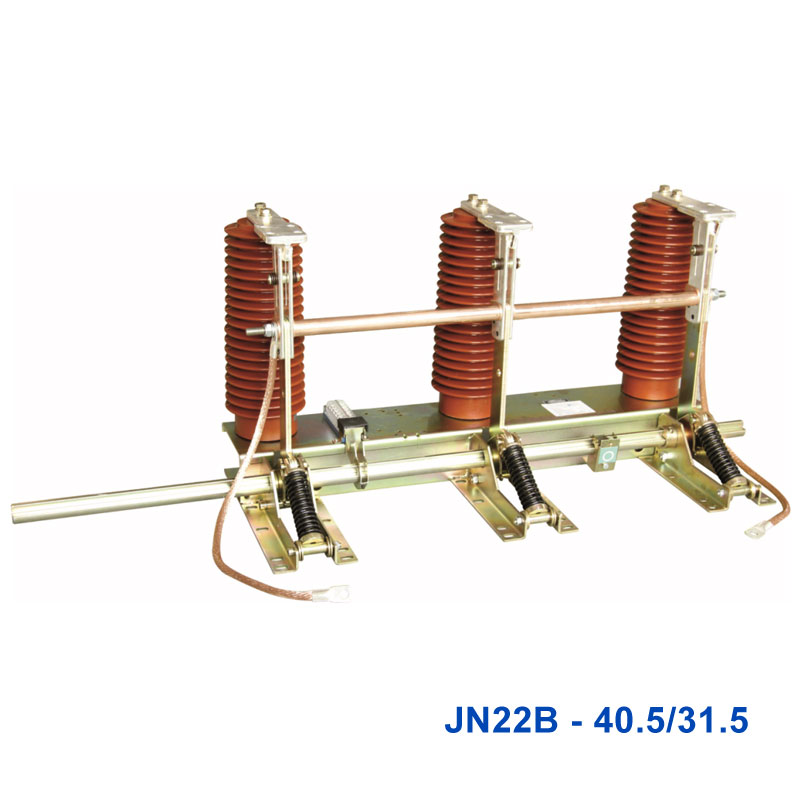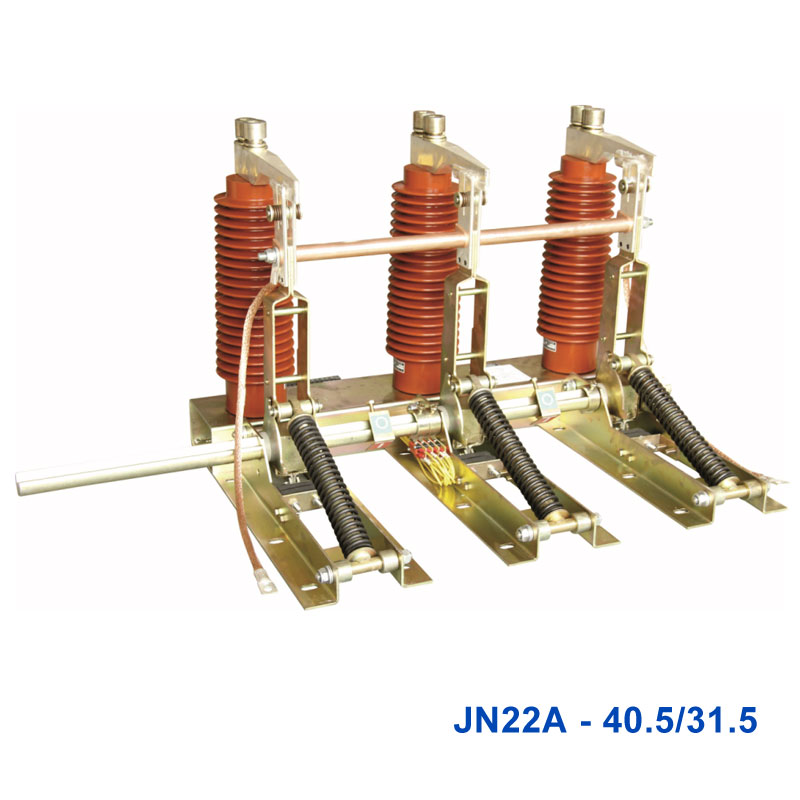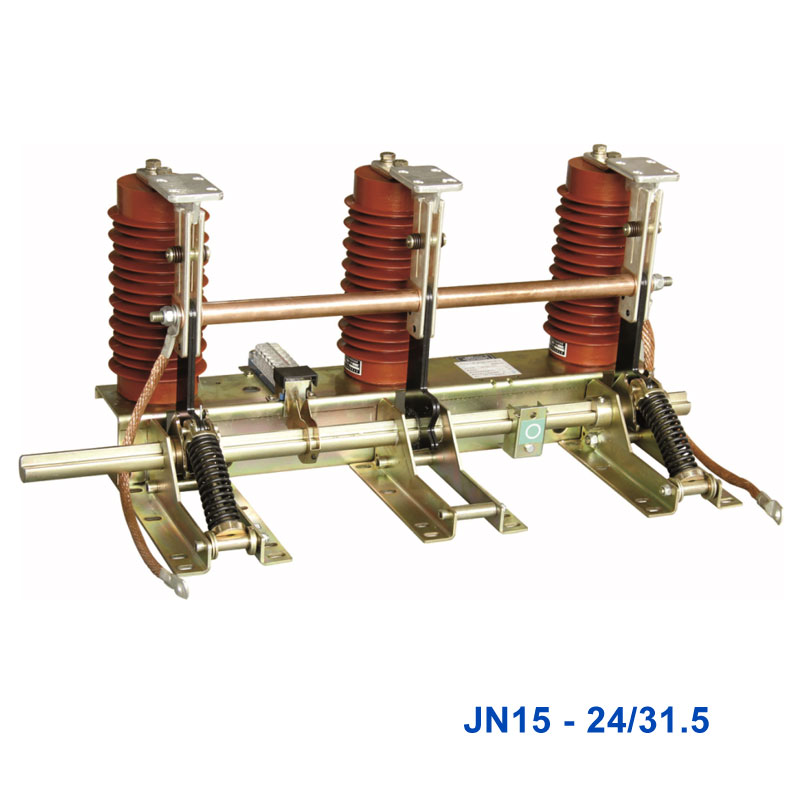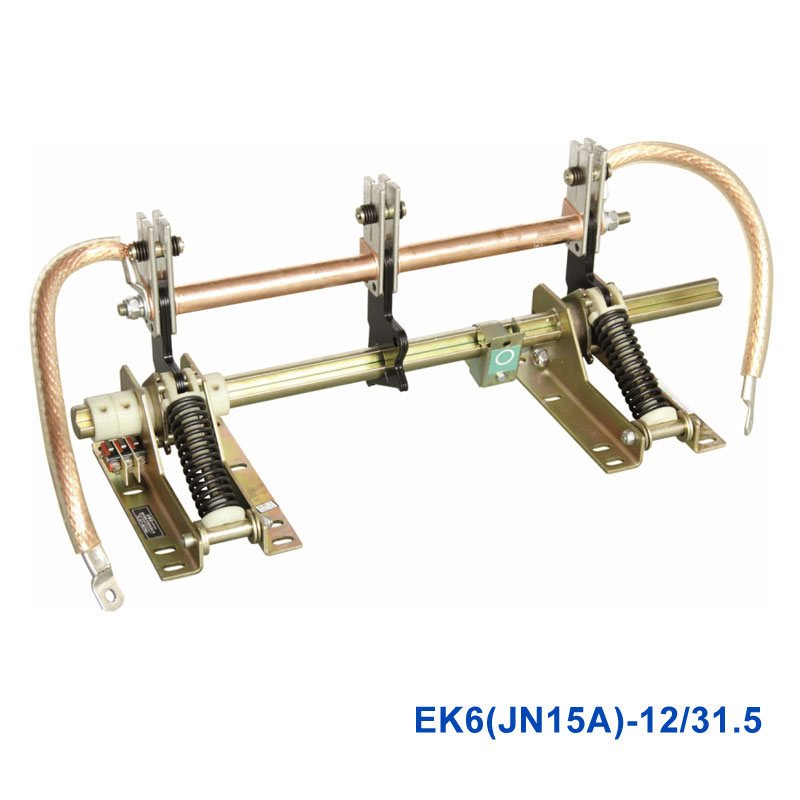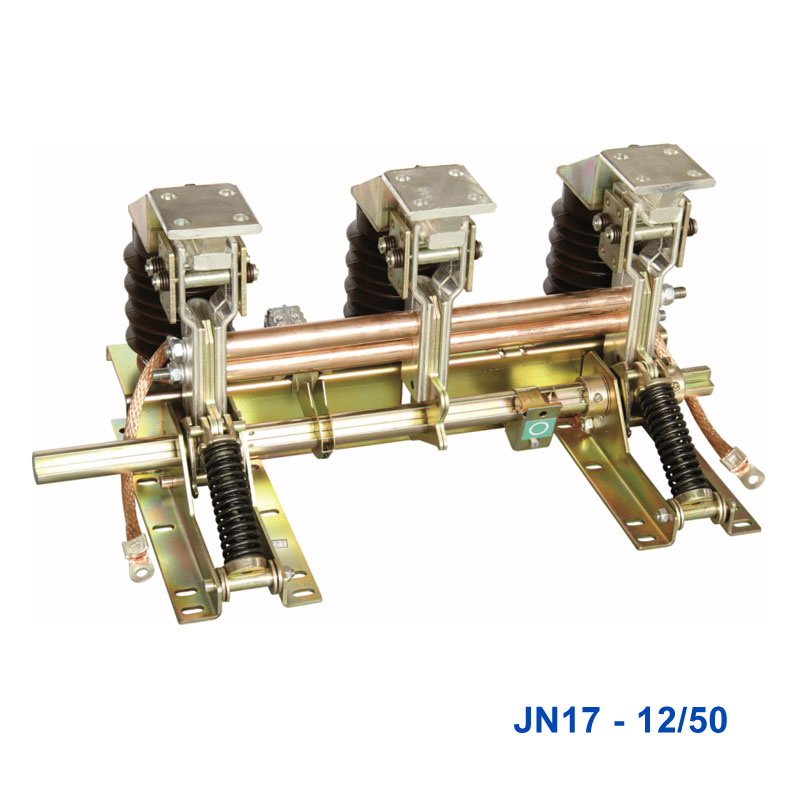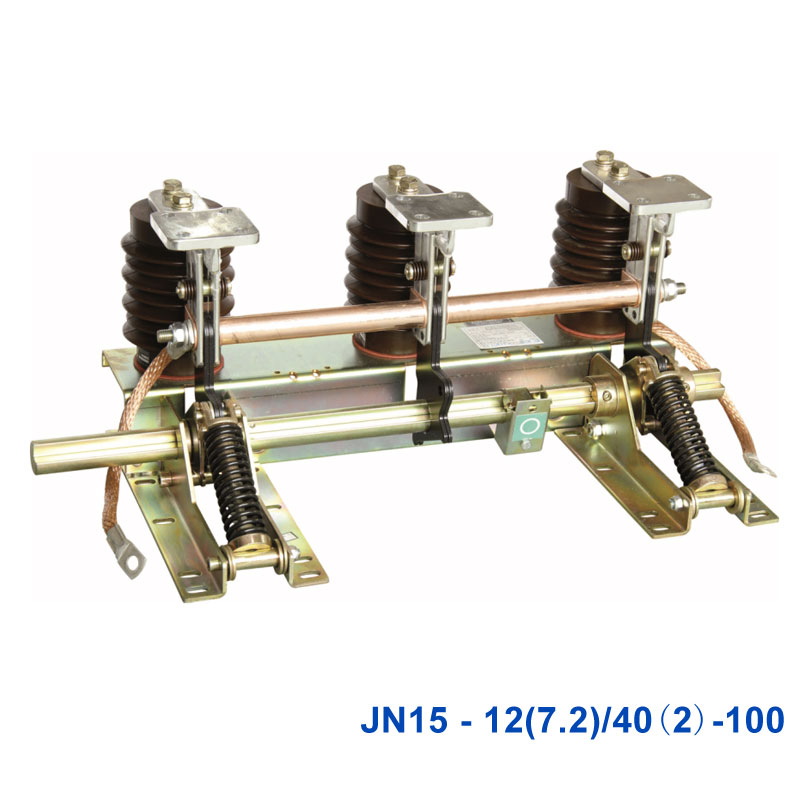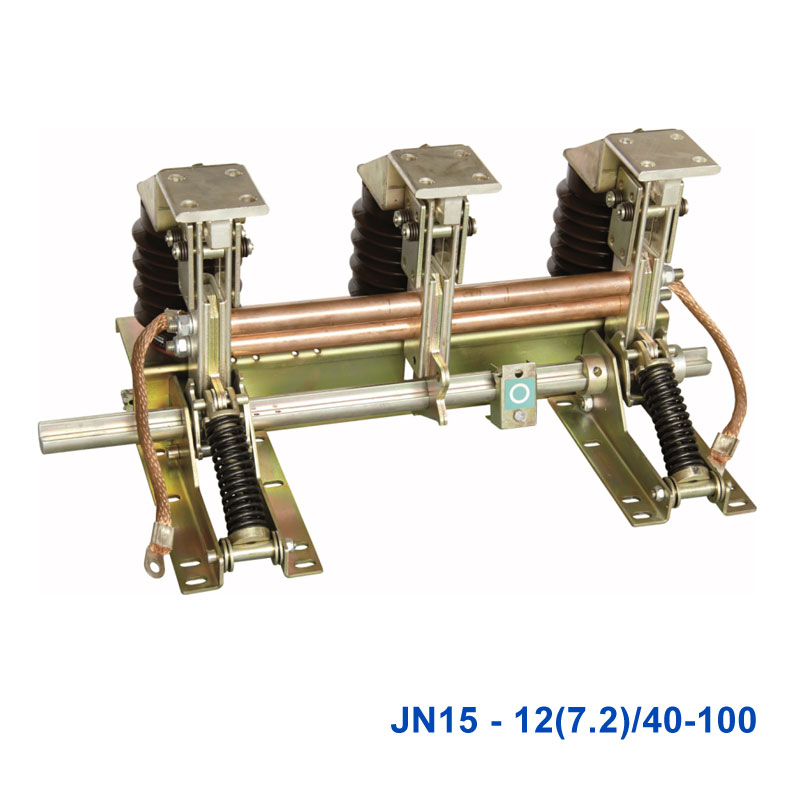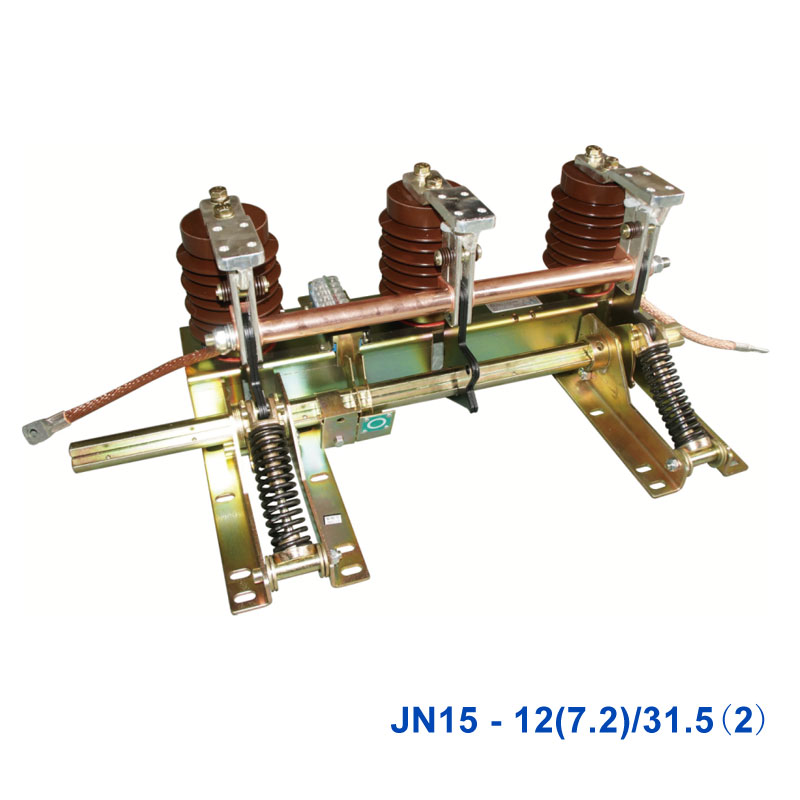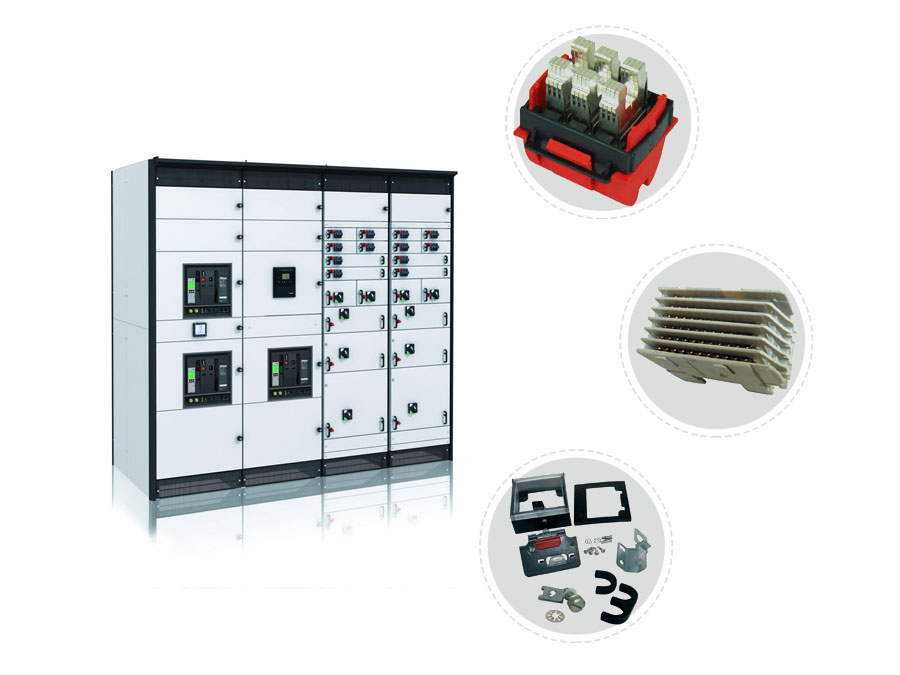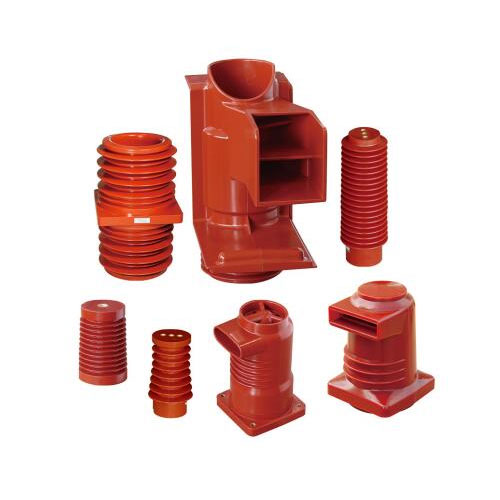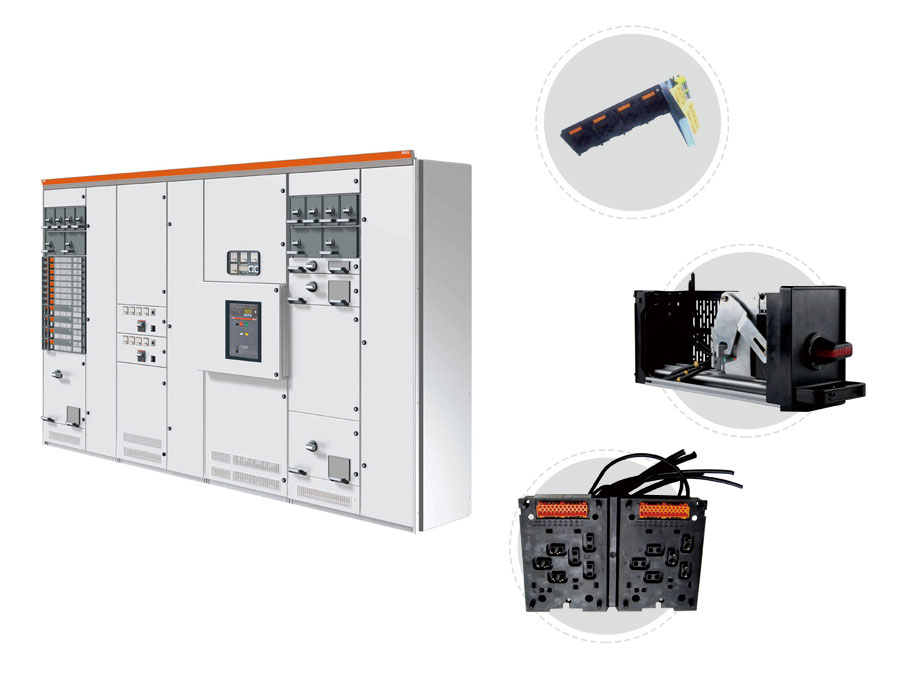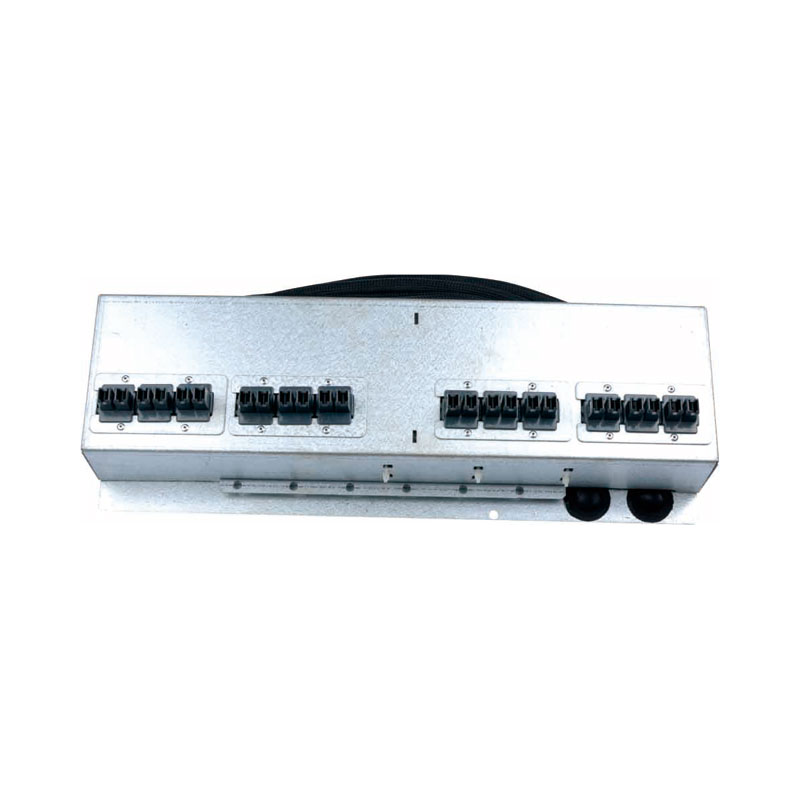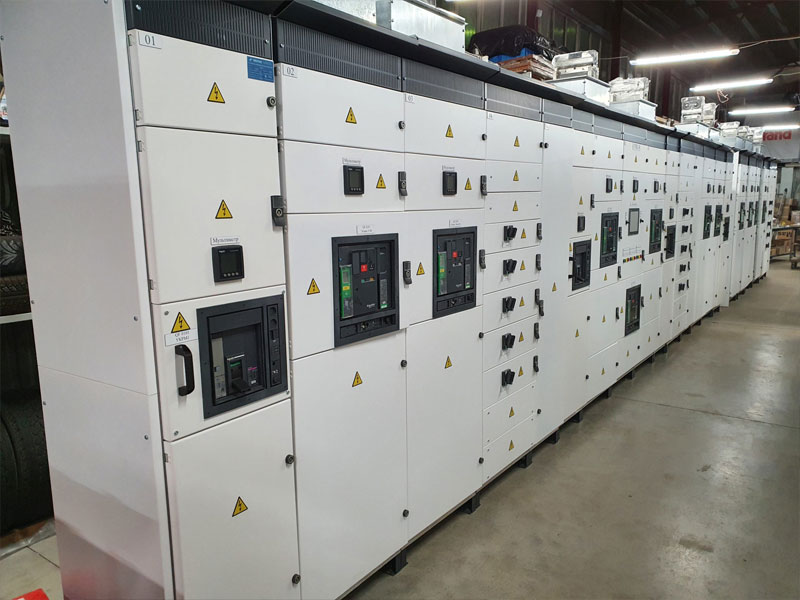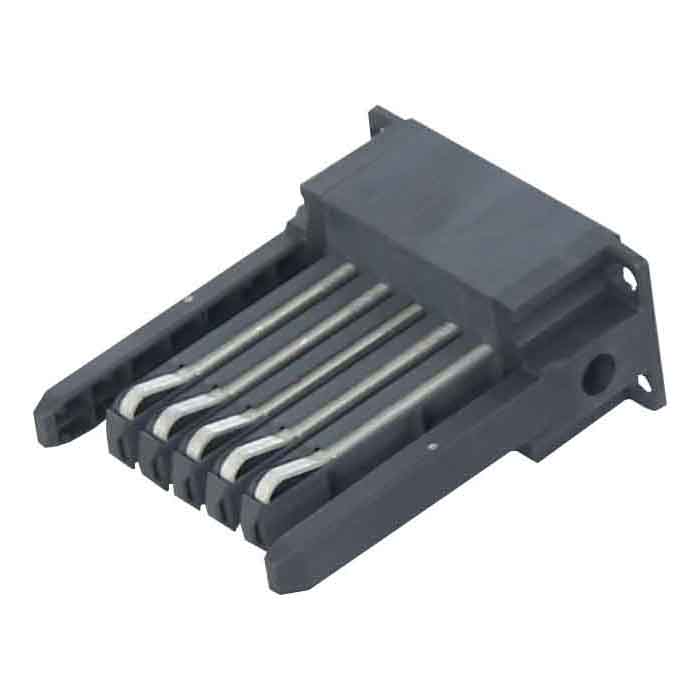
High voltage switchgear earthing switch
The high-voltage earthing switch in the distribution switchgear is the key device in the high-voltage distribution system to ensure the safety when in equipment maintenance and earthing operation
Safety grounding:
1. When inspecting or maintaining the equipment, reliably connect the high-voltage line or equipment to the ground to release residual charge and prevent the induced voltage on the equipment or sudden power supply from endangering personnel safety.
It forms a "visible grounding point" and meets the requirements of "electricity testing, grounding, and hanging signs" in the power safety regulations.
Fault handling
1. When ground fault occurs in the line, it can protect the device quickly to cut off the fault and limit the expansion of the fault range.
2.Some earthing switches is with open and close inductive current or capacitive current(Earthing switch used for cables)
Electrical interlocking
1. Mechanical or electrical interlocking with circuit breakers, disconnectors and other equipment to prevent misoperation (such as the "five-protection" interlocking: preventing the earthing switch from opening and closing under load, preventing the earthing wire from being hung under power, etc.).
Indoor high-voltage grounding switches are the core devices for ensuring safety in high-voltage power distribution systems. Their design and operation must strictly follow power safety regulations. Through reliable structure, interlocking and maintenance management, they can ensure that they play a key role in maintenance, fault handling and other scenarios. In actual applications, it is necessary to select suitable grounding switches based on specific switchgear types (such as mid-placed switchgear and ring network switchgear), and conduct preventive tests regularly to ensure the safe and stable operation of the power system.

